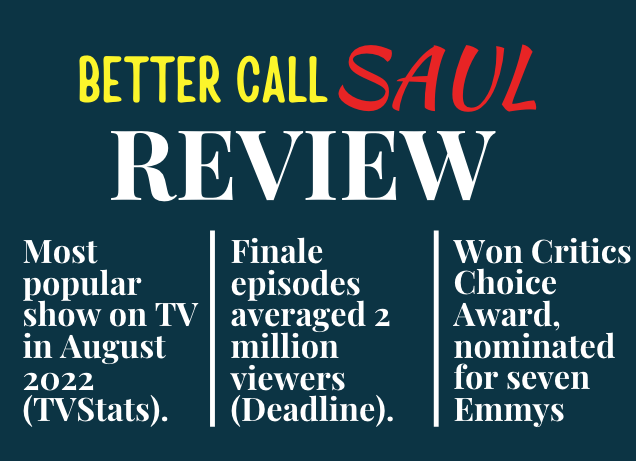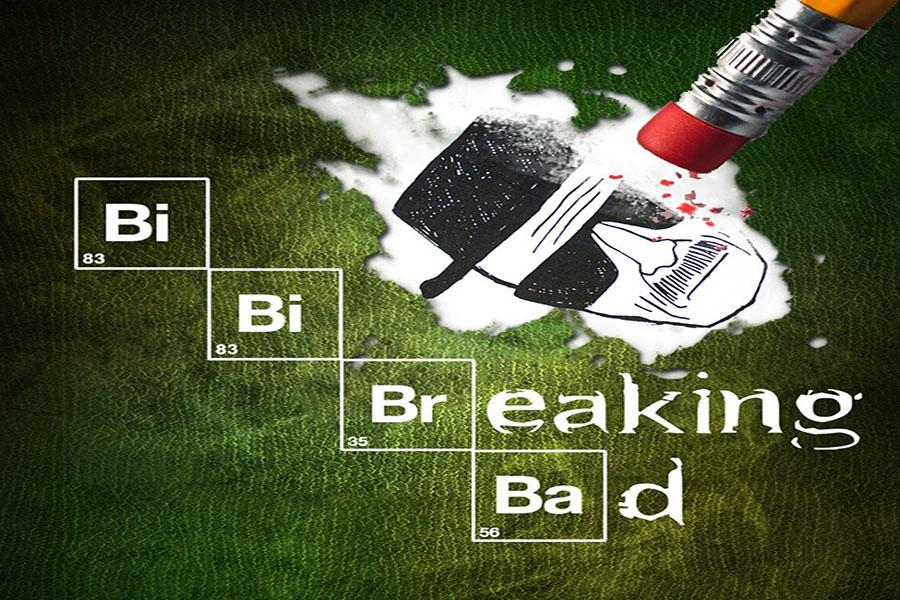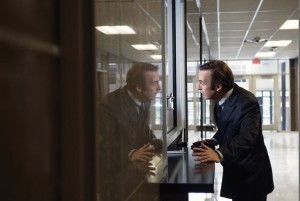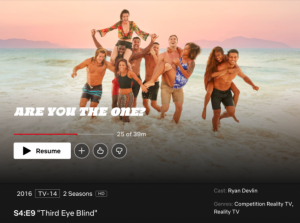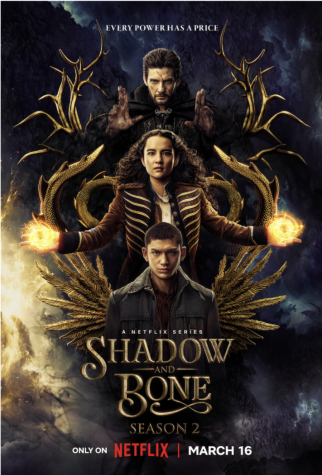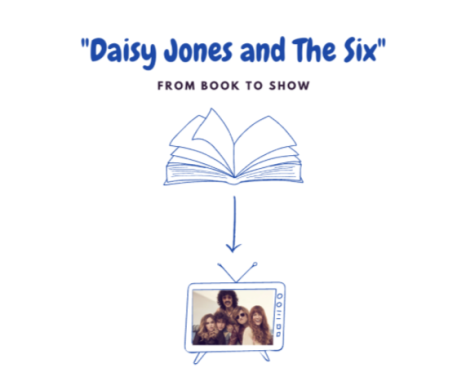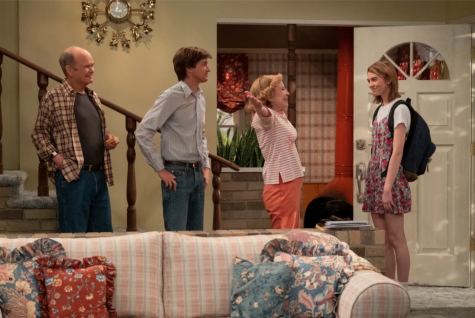‘Better Call Saul’ secures its place in television history
In 2015, then-Inklings-Web-Managing-Editor Nicole DeBlasi reviewed the first episodes of “Better Call Saul”–both a sequel and prequel to “Breaking Bad”–and rated the television series as an extraordinarily promising show that featured “amazing acting and cinematography.” Eight years later, the show has kept these traits all the way to its end, with critics proclaiming it as even “more profound” than its predecessor and a “love story for the ages.”
The series starts in 2002 and introduces James (“Jimmy”) McGill, a poorly-paid public defender who is a former-con man. Over time, he descends into moral depravity, a notable example being him pulling an elaborate scheme on his brother that ends with him committing suicide, along with adopting the legal pseudonym of “Saul Goodman” (’s all good, man) in order to appeal to a legal customer-base of desperate defendants, and get another lawyer, Howard Hamlin, killed by one of his criminal clients.
In the process, this 61-episode tale showcases its immense skill in clear storytelling. For instance, it adds Jimmy’s girlfriend and eventual wife, Kim Wexler, as a moral compass for the show so that the viewer has a clear and constant voice of righteousness against Jimmy’s actions. It also implements sympathetic characters–such as Howard Hamlin, a caring (and later killed) lawyer who is unaware about Jimmy’s associations with organized crime–in order to show the harm that Jimmy’s actions have.
In the beginning of the show, the audience roots for Jimmy to move up from his cruddy job and even cheers as Jimmy transitions into his infamous “Saul Goodman ” character from ‘Breaking Bad.’ However, ‘Better Call Saul’s’ characters allow for a new perspective where we see that the path Jimmy takes to become this persona is rooted in injustice and tragedy.
The television series also shows its distinction from its predecessors through its willingness to take risks and experiment with its storytelling. For example, it uses Jimmy’s dropped ice cream being slowly eaten by ants to represent Jimmy’s criminal clients slowly tearing away his moral character, and even more unique is the show’s deteriorating quality of each of its episodes opening titles in order to suggest that Jimmy–who is by now on the run from the police–is replaying those tapes to reminisce about his “glorious” past.
The “amazing” cinematography that was described in Inklings’ first review eight years ago is still in full force, such as when it ends the finale with a smoking scene that bares similarities to a similar scene from the first episode features but has distinct differences to demonstrate the journey that Jimmy has taken in that time. In the original scene, Jimmy is smoking with his then-girlfriend Kim Wexler in a car parking lot, the pair both being ambitious lawyers that seek to ruthlessly self-advance through the legal world. By the end, both have had their careers derailed by Jimmy’s actions, and the now-divorced couple only reunites when Kim Wexler, in pity, decides to visit her now-jailed ex-husband.
The writers and directors of “Better Call Saul” also deserve credit for the one-of-a-kind decision to place an abnormally huge amount of trust in their audience’s intelligence–plot development is sometimes rested on a worn-out dollar bill on a cactus in New Mexico or a “world’s best lawyer” mug that won’t fit into a car’s cup holder.
The show’s risk-tasking has been well worth it. It has allowed the series to garner 46 awards and nominations. But more importantly, it’s allowed ‘Better Call Saul’ to prove that it is not just a simple spinoff of Breaking Bad, but instead, a show with its own distinct identity.

After school, Henry Watson ’25 doesn’t take a break. Instead, he focuses on investing.
“I enjoy investing because I get to make predictions,”...












































